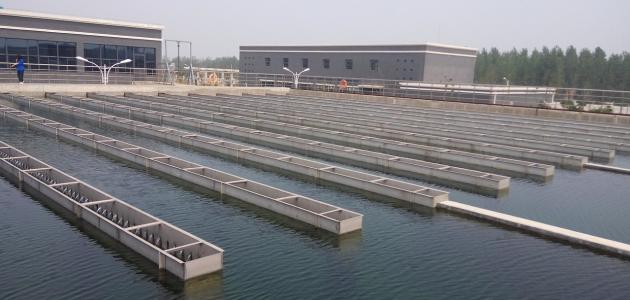Benefits of acid rain
Scientists use the term acid rain to describe rain whose acidity exceeds the normal level. Distilled water is hydrogen neutral, meaning that it is neither acidic nor basic. Rain is always slightly acidic due to the naturally occurring substances dissolved in it, but the reaction Rainwater combined with some pollutants in the air, such as nitrogen or sulfur oxides, results in water vapor turning into a diluted form of sulfuric or nitric acids, which dissolve in raindrops and fall to the ground as acid rain.
Acid rain has many harmful effects on the environment, especially on aquatic ecosystems, such as: lakes, streams, wetlands, and others. Acid rain makes the water in these environments more acidic, and also leads to increased absorption of aluminum from the soil, which is transported with Water into lakes and rivers, making the water toxic to aquatic animals, such as: lobster, oysters, fish, and others.
Fog and acid rain also cause significant damage to forests, especially those located at high altitudes, as acids destroy tree leaves, and acidic deposits in the soil rob it of the essential nutrients it contains, such as calcium, and also cause the release of aluminum from them, as mentioned previously. This This, in turn, reduces the ability of trees to absorb water. In addition, acid rain contributes to the damage of some vehicles, structures, and stone buildings, in addition to the health problems it may cause to humans, including asthma and eye irritation. Despite these well-known harmful effects of acid rain on Different natural ecosystems, but there are some studies that have proven that the presence of small amounts of pollutants may have a positive effect, and the following are some of the environmental benefits of acid rain:
Read also:Essay on preserving the environmentReducing global warming
Sulfur and nitrogen oxides are the basic components of acid rain, but they can play a positive role in reducing global warming. It has been found that sulfur dioxide has a role in cooling the atmosphere by reflecting sunlight instead of trapping it. As do greenhouse gases such as carbon dioxide and methane, evidence of this is the decline in temperatures that China witnessed at the beginning of the twenty-first century despite the high percentage of acid rain due to the country’s production of large quantities of fossil fuels.
Air pollution in some countries may have a positive impact. It has been observed in studies conducted that acid rain resulting from atmospheric pollution reduces methane emissions by up to about 24%. It is worth noting that the ability of methane molecules to trap heat is superior to carbon dioxide. About 21 times.
Promoting forest growth
After much research related to forests, scientists have reached the conclusion that moderate increases in temperature and the amount of nitrogen resulting from atmospheric pollution contribute to improving forest productivity. Researchers were interested in monitoring and measuring temperatures, humidity levels, and the amount of nitrogen deposited from acid rain in several locations. They found that trees grow more quickly at high temperatures, and that they store a greater amount of carbon when there is a higher concentration of nitrogen, as long as there is enough moisture.
Read also:Environmental effects of burning coal as a fuel








